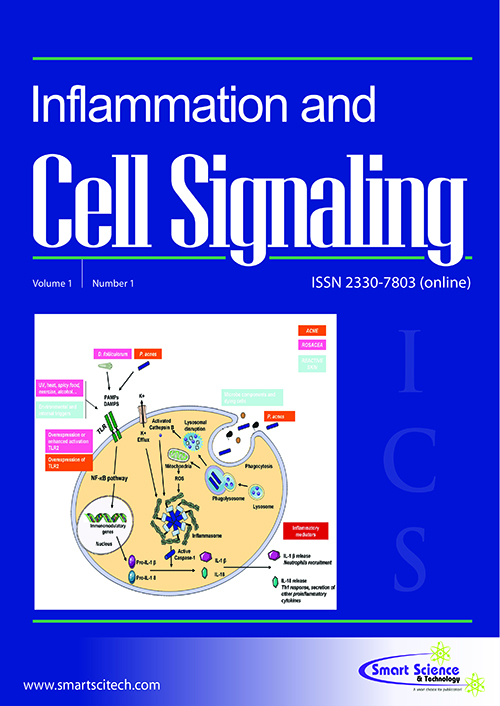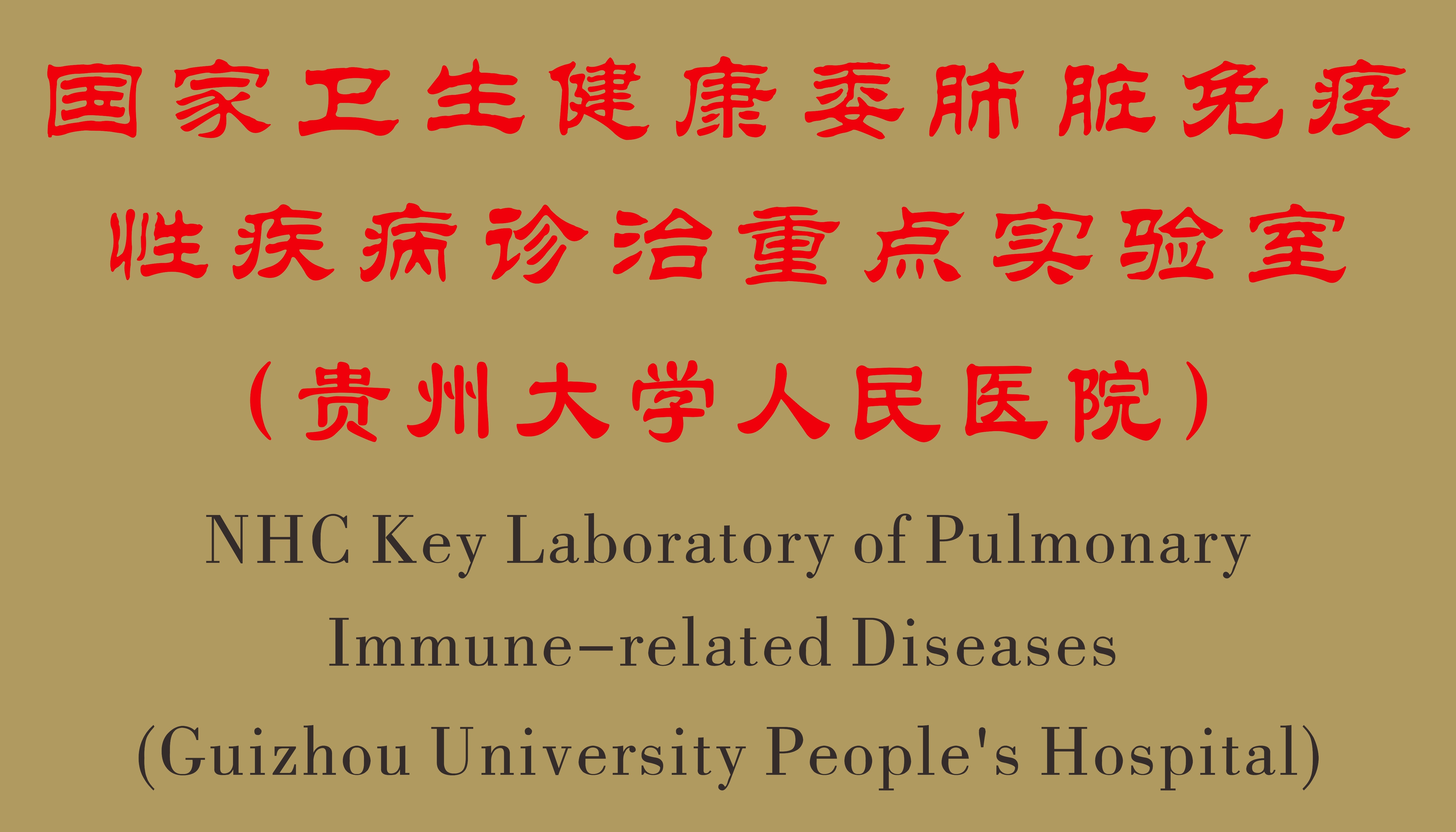Bronchoscopic ethanol injection combined with cryotherapy is an effective treatment for benign airway stenosis caused by endotracheal intubation or tracheotomyc
DOI: 10.14800/ics.1171
Abstract
The benign tracheal stenosis is a challenge in interventional pulmonary disease. Bronchoscopic ethanol injection (BEI) is always used in airway stenosis caused by malignant tracheal tumor. The efficacy and safety of BEI in benign airway stenosis has not been studied before. To compare the safety and efficacy between bronchoscopic icryotherapy and BEI combined with bronchoscopic cryotherapy in the treatment of benign tracheal stenosis. A retrospective study included 61 patients with tracheal stenosis caused by endotracheal intubation and tracheotomy from July 2010 to June 2015 was made. 33 patients received repeated bronchoscopic cryotherapy alone were in Group A, 29 patients underwent repeated cryotherapy combined with BEI were in Group B. Dyspnea index, tracheal diameter were collected before and after treatment. Efficacy and complications were compared in two groups. The changes of tracheal diameter, dyspnea index were significant before and after treatment in both groups (P < 0.05). The long-term cure rate was higher in group B than that in group A (100% vs 84.8%). The average duration for dilated airway stable was much shorter in group B than group A (166±28 days vs 278±32 days, P < 0.05). The average cryotherapy session performed in group B was significantly less than that in group A (22.1±4.7 vs 34.9±6.5, P < 0.05). Meanwhile the complications in group A were seldom, the incidence of complications related to BEI were low in group B (mild chest pain 7.1%, bleeding 3.6% and cough 10.7%). BEI combined with bronchoscopic cryotherapy is an effective minimally invasive choice for releasing the airway obstructive symptoms.














